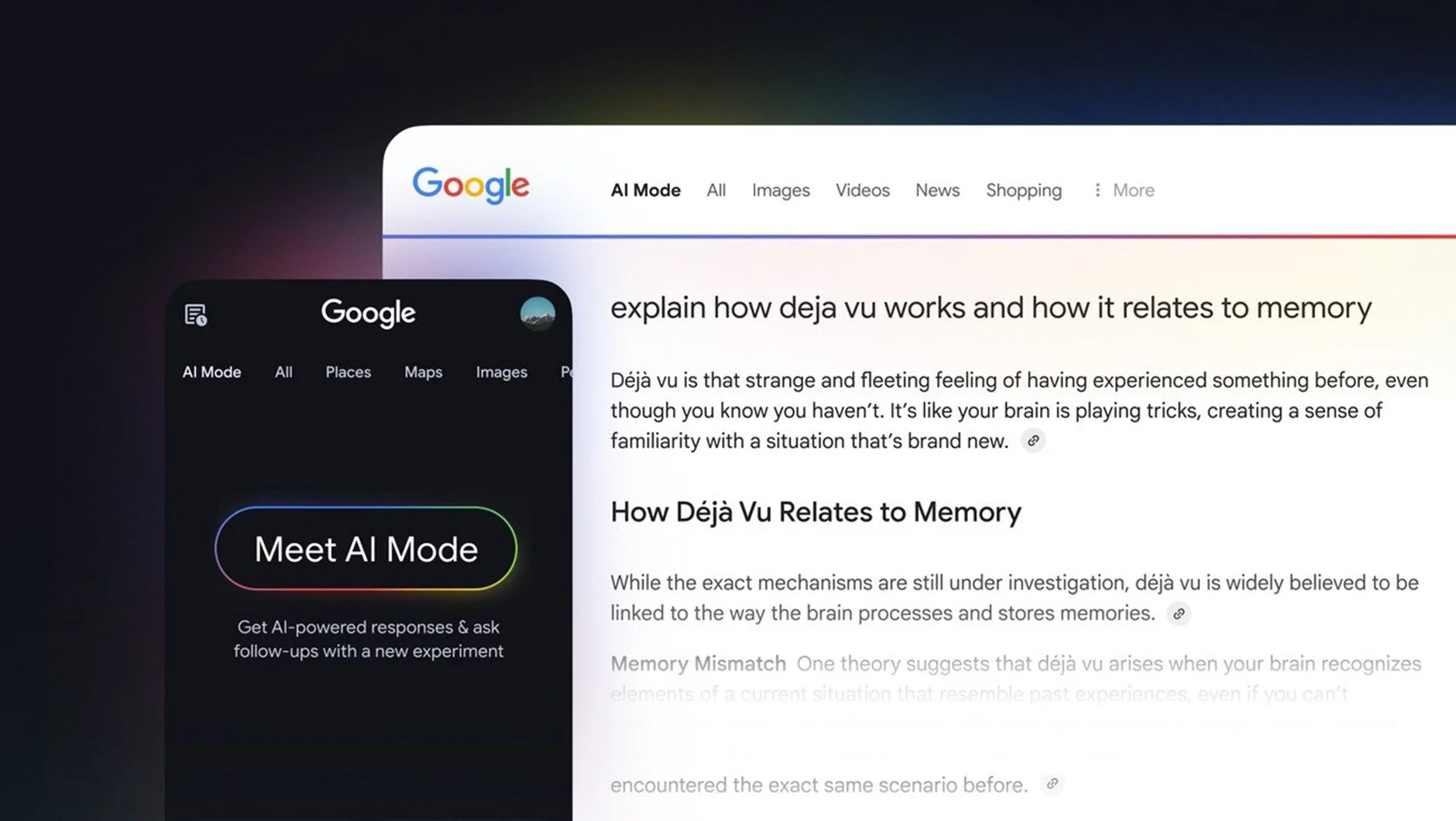Implementing a new ad format
As a leading independent digital marketing agency, we like to believe that we are consistently one step ahead of the curve (we are Google Premier Partners after all). So, when an opportunity to work with one of the world’s biggest tech companies on a new ad format arises, our ears and eyes are wide open.
Introducing Microsoft Cruise Ads. Described by the tech giants as “rich and eye-catching ad solutions that showcase images with timely and relevant information”, they are the latest in a line of industry-specific formats developed by Microsoft for financial, travel and automotive services.
Accord’s client, Ambassador Cruise Line is one of only two cruise companies in the UK to be offered the opportunity to run Microsoft Cruise Ads, which are still in Beta. With Ambassador being Britain’s newest cruise line in over a decade, it feels like the perfect fit.
So how do they work? These vertical-specific ad formats appear on the right-hand side of the Microsoft Bing search results and alongside standard text ad placements. They use feed data to match cruise offers to searches, showing the user current prices, destination and departure ports, cruise length and (coming soon) ratings, reviews, inclusions and itinerary links. Queries like cruise name, location and length will automatically trigger the ads to appear, so no need for keywords. However, negative keywords can be used for optimisation.
So why use Cruise Ads? Well beyond the obvious appeal of them being something new, eye-catching and inspiring for scrolling dreamers and planners, they are a way for advertisers to deliver a more targeted ad experience that reaches larger volumes for more value. Driving higher quality clicks, Cruise Ads will save marketers time, with a more hands-off approach and no need to provide keywords.
Set up is relatively straightforward with the ads being based on standard text ad structure of campaign(s) and ad group(s). The required fields for the feed are shown below; however, there are up to 39 fields available to use. As with all feed-based campaigns, we strongly recommend adding as much data as possible.
Once the feed has been completed it can be uploaded via dynamic data feeds in the Microsoft Advertising online UI. Microsoft recommend a starting budget of £500 per day to ensure the best results, together with a bid range of £1.50 to £2.50 using the Enhanced CPC bid strategy.
“This new vertical ad solution leverages search intent data and a deep understanding of users’ needs to offer advertisers a richer ad experience to attract cruise enthusiasts. Balancing what is good for our users with what is important for our clients led us to create an ad format which reflects the uniqueness of the cruise industry.”
We’re excited to see where this initiative takes both advertisers and travellers as we sail through the next era of cruising together. To learn more about Microsoft Cruise Ads and other innovative digital marketing strategies, Accord’s door is always open.
Simon Steer
Simon is Accord’s Head of Paid Digital team. Always at the forefront of how the paid digital landscape is changing, Simon helps clients adapt to ensure the greatest return on their marketing investment.














